Fertility
One of every 6 couples is experiencing problems with fertility. There are some things that might help you.
Specialists suggest having regular sex. Also, they advise preparing the body for the baby. Exercise regularly, maintain a healthy weight, stop smoking and limit the amount of alcohol you have been using. Decrease the stress present in your everyday life, and eat healthily. Eating healthy means eating enough proteins, limiting the coffee, and drinking plenty of water. Avoid additives in the food and artificial flavors. Use plenty of fresh fruits and vegetables, to provide the necessary minerals and vitamins.
Also, there are some pre-pregnancy supplements and multivitamins and you might want to consider taking them. Some specialists recommend using folic acid, in a daily dose of 400mg for three months before you get pregnant.
Herbal Supplements
For those who would like to avoid any synthetic products, there are some herbal supplements for getting pregnant.
Vitamin B6 (pyridoxine) is a great fertility supplement, and many women claim it is this vitamin that helped them to get pregnant. This vitamin is considered to help get pregnant and prevent miscarriage. Vitamin B6 is also proven to help in menstrual cramps, fluid retention, mood swings, and other PMS symptoms. Women with luteal phase defects may also find pyridoxine helpful. Another plus effect of this vitamin is the improvement of cervical mucus, which raises the chances to get pregnant.
It is recommended to use all of the vitamin B complex together, for the whole cycle. Use 60 to 200mg of vitamin B6 for best results.
Vitex (Agnus castus, or chasteberry) is proven to be effective when it comes to balancing the reproductive system and getting pregnant. This herb balances the hormones in your body, estrogen, and progesterone, which play an important role in getting pregnant. This effect is especially important for women suffering from polycystic ovaries (Polycystic Ovary Syndrome, POS). Also, chasteberry helps to correct luteal phase defects.
This herb could be used as a tea, or in a form of tincture or capsules, you can decide which one you prefer. Remember, the treatment with vitex takes time. Usually, it takes 3 to 6 months to see the progress.
Evening primrose oil (known also as EPO) improves the cervical fluid and increases the fertility and chances of getting pregnant. If you are trying to conceive, use EPO from menstruation to ovulation. Used otherwise, this essential oil may cause uterine contractions.
Dong quai (Angelica sinensis root) is used in China for its fertility boosting properties. This herb can be used through the whole cycle, except for the period of menstruation.
- There are several medicinal plants that could be used in combination with assisted reproductive technology (ART) to lower the cost and increase the success rate of infertility treatment.
- Using herbs in this way is not a new idea. As infertility treatment is expensive and has a low success rate – approaching 49% with cumulative attempts – some women use medicinal plants to try to improve their odds of success without telling their doctor.
- Vitex was used by one woman who was undergoing in-vitro fertilization (IVF) treatment, and she showed signs of mild ovarian hyperstimulation. Pregnant women use medicinal plants to give them greater control over their experience, and this control improves birth satisfaction.
- The most promising areas for the use of botanicals in improving livebirth rates are: (i) age-related decreased ovarian reserve (? 40?years of age), (ii) stress associated with subfertility (oxidative stress or linked to increased prolactin levels), (iii) luteal-phase defects, and (iv) increased rate of miscarriage for older women receiving ART because fertility declines with age and the demand for IVF typically increases with age.
- Black cohosh is widely used to treat symptoms of menopause, and a number of clinical investigations have verified its effectiveness as a supplement to or substitute for hormone replacement therapy. Black cohosh is currently used in allopathic medicine, but it is only indicated for menopause-related neurovegetative and emotional symptoms.
- Angelica gigas Nakai and Angelica sinensis (Oliv.) Diels (“dang gui”) (in the same plant family as Angelica archangelica) are used in multicompound Chinese medicine remedies to treat infertility.
- Midwives have reported adverse effects from blue cohosh such as nausea, increased meconium-stained fluid and transient fetal tachycardia. Case reports of health problems in newborns associated with maternal use of blue cohosh are possibly due to caulosaponin and caulophyllosaponin, constituents of blue cohosh that cause coronary blood vessel constriction, a toxic effect on cardiac muscles and myocardial toxicity.
- Slaves used rue (Ruta graveolens) to abort and it was used for suppressed menses either alone or in combination with tansy (Tanacetum parthenium), savin (Juniperus sabina) and pennyroyal (Mentha pulegium).
- In 1982, 56% of women accessed fertility care, compared with 38% of nulliparous women aged 25–44?years surveyed from 2006 to 2010. Of the women who did use infertility services between 2006 and 2010, 16% were non-Hispanic white women with higher levels of education and household income ($60,256) than the 7.6% of Hispanic white women ($42,491) and the 8% of non-Hispanic black women ($35,398).


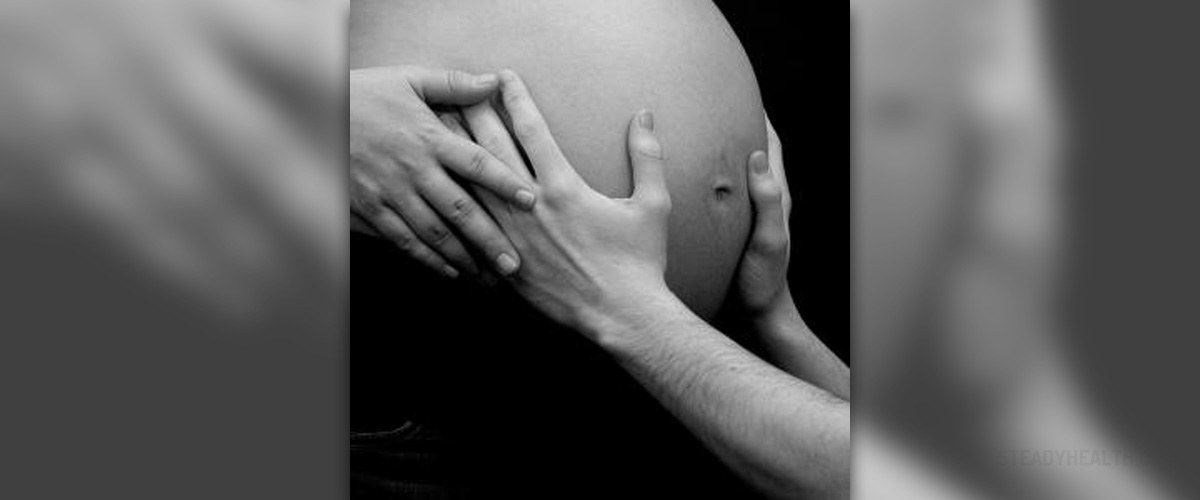


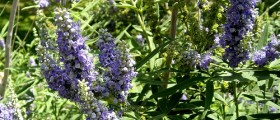
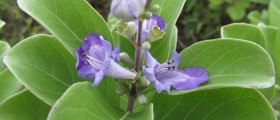
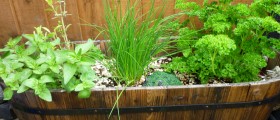


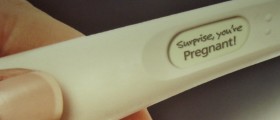


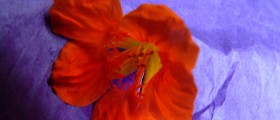

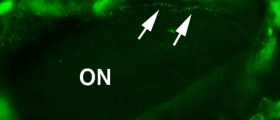

Your thoughts on this
Loading...